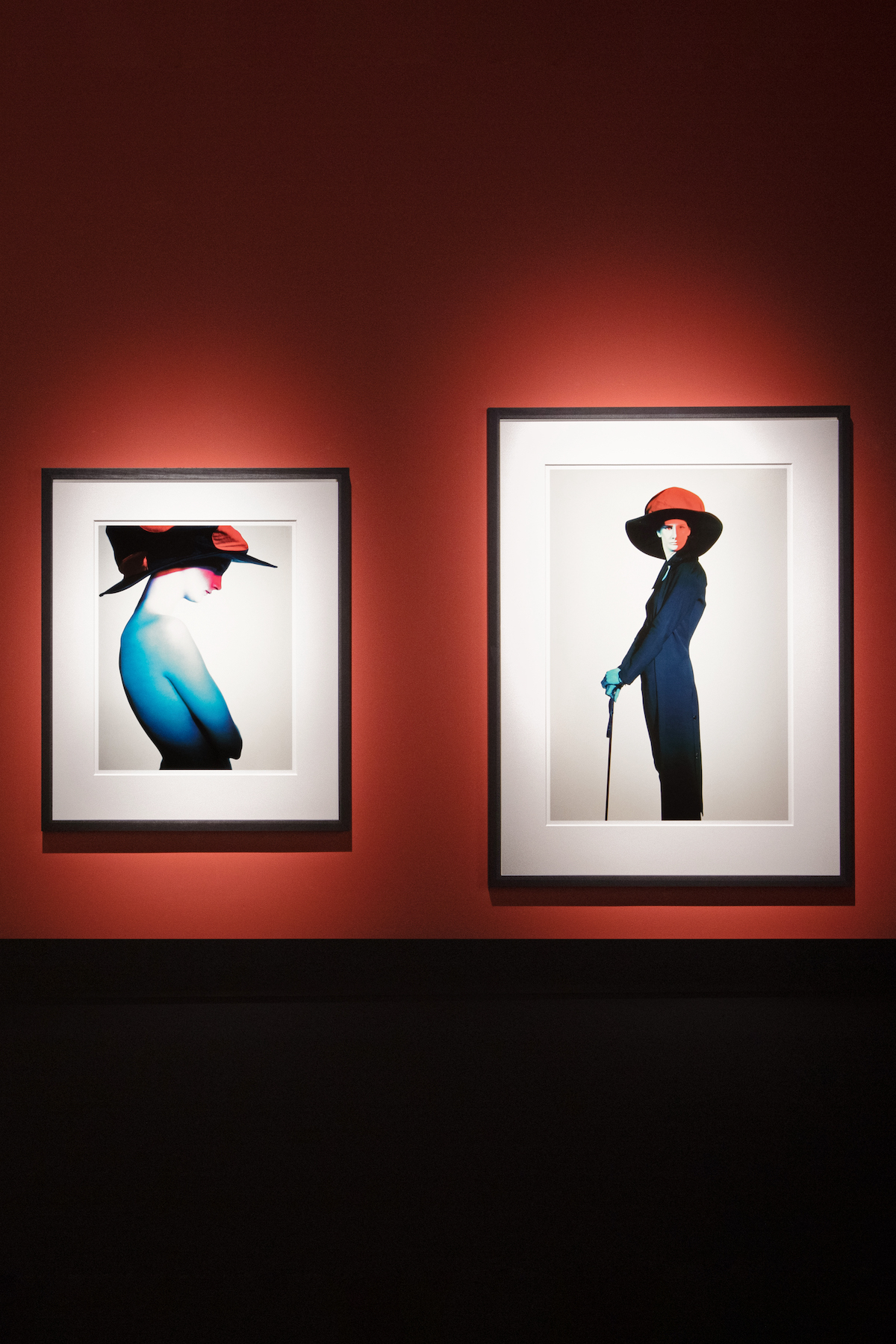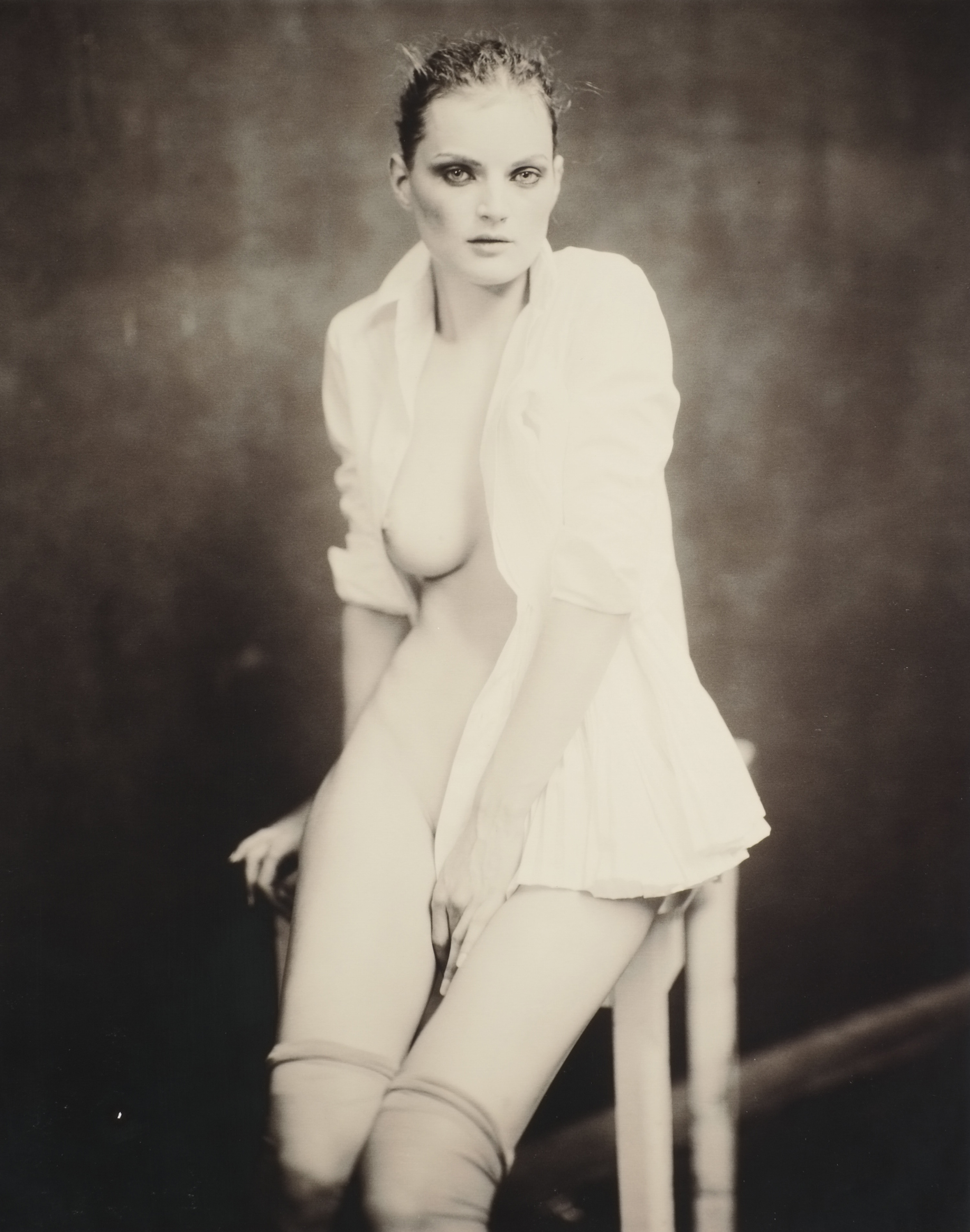
A Paolo Roversi photograph can be recognised immediately: a soft, gauzy focus, a rich interplay between shadow, colour and light, and a mood of painterly, sepia-toned romance. Sometimes, they appear like a relic from the past – like a hazy Victorian ambrotype, unearthed from an attic – other times, they are jarringly contemporary, capturing the strange, otherworldly forms of avant-garde designers like Rei Kawakubo (his work with whom formed the subject of US solo show in 2021) and Yohji Yamamoto, with whom Roversi has had a long artistic communion.
‘Paolo's photography is timeless,’ says Sylvie Lécallier, the curator of a new exhibition of Roversi’s work which opened earlier this month at Paris’ Palais Galiera (until 14 July 2024). ’It is detached from the spirit of the times, from the ephemeral trends of fashion. It is located both at the heart of fashion and at the edge. This is what makes him a photographer apart.’
‘Paolo Roversi’ at Paris’ Palais Galliera

Titled, simply, ‘Paolo Roversi‘, the exhibition includes 140 photographs by the photographer, who was born in Ravenna, northern Italy, before moving to Paris in 1973, where he began in photography, first as a reporter. In 1980, he photographed a campaign for Christian Dior beauty; later, he would go on to shoot for a slew of fashion titles, including Vogue France, Vogue Italia, and Egoïste, as well as immortalising the supermodels of the day, from Inès de la Fressange and Stella Tennant to Naomi Campbell and Kate Moss.
His distinctive style, which has included work on Polaroid as well as gelatin silver and dye transfer prints, is largely achieved through long-exposure manipulation of light, which Lécallier calls ’drawing with light’. ’[It is as if] his models and clothes are appearing from darkness,’ she continues. ’The shooting is akin to a real performance. He is like a painter, a conductor.’

Much of his studio work takes place in Studio Luce (Luce translates from Italian as ’light’), a vaunted space in Paris’ 14th arrondissement that has cemented his longtime link with the city, something that Lécallier says is important to celebrate in what will be the first large-scale monograph of his work in Paris. As such, many of the photographs are drawn from the Palais Galliera’s personal collection, several of which have never been on display to the public before.
In its layout, the exhibition abandons a chronological timeline in favour of a more poetic movement from darkness to light. ’Paolo’s photography is so timeless that we abandoned a chronological journey, which didn’t seem to mean much to the understanding of his work,’ explains Lécallier, who worked closely with Roversi on the exhibition’s design, having known the photographer for several years prior. ’We also did not want to lock it into themes. [Instead], light is a common thread: from the darkness of the dark room towards the daylight which bathes his studio through the large bay windows.’

As for why his collaborations with designers in particular were so successful – from Kawakubo and Yamamoto to Romeo Gigli and Azzedine Alaïa – Lécallier puts it down to Roversi’s good taste. ’Paolo has a real taste for beautiful clothes, as well as a great respect for designers who have a very strong creative universe,‘ she says. Her own favourite photograph in the display is not of a particular subject, but a pair of shoes, reflected in a mirror.
’The model is absent, she has gone to do a make-up touch-up. She'll be back any second. This image speaks of the moment of shooting, but also of the theatre of appearances, reality and illusion,’ she says. ‘It takes us to the other side of the looking glass.’
‘Paolo Roversi’ runs at Paris’ Palais Galliera until 14 July 2024.










